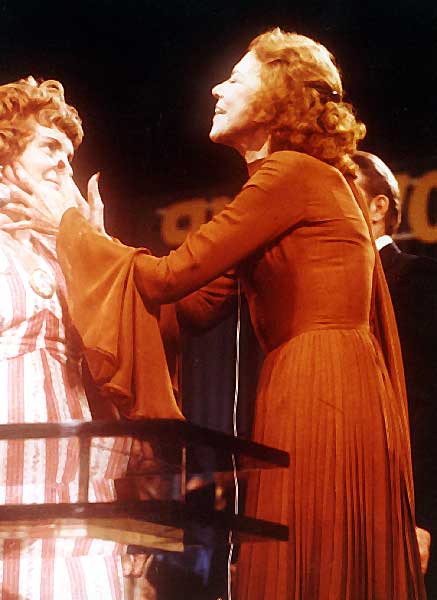
mountebank [MOUN-tə-bāngk]
n. a person who sells quack medicines, as from a platform in public places, attracting and influencing an audience by tricks, storytelling, etc.
[From Italian montambanco, from the phrase monta im banco ("one gets up onto the bench")]
Even though there are still today a countless number of people engaged in fraud, chicanery, trickery, graft, swindles and old-fasioned Ponzi Schemes, a la Bernard Madoff, my sense is that, at least in the advanced world, the age of the retail mountebank has come and gone.
Being a mountebank formerly was to be an independent, lone businessman. He arrived in a remote town by rail or stagecoach, called a great deal of attention to himself so that all suckers and shmegegges would come to hear his spiel. He sold his elixirs one by one to willing simpletons who had faith in God and wanted to believe in better days.
The retail mountebank's exit from the stage was not because we now live in a scientific age -- a fool and his money are soon departed, and a sucker is born every day -- it is that the great con artists can make so much more going wholesale. If you are hawking a baldness cure, you no longer need to show up in Hootervilles to reach your schnooks. You can film an infomercial, buy time late at night on cable, and convince the gullible that your cream will magically make dead follicles come to life. Even better, you can call a revival meeting and broadcast it.
Another factor that may have hurt the retail mountebank business was the 1906 Pure Food & Drug Act. Before that passed, we had no FDA, no regulation of pharmaceuticals. A 19th Century mountebank could put together any sort of concoction he liked, regardless of its actual ingredients, and sell it as a cure for whatever ailments his customers wanted. But since 1906, most drugs come with a regulatory burden, and that has cut into the profits of retail prophets.
In the 20th Century would be pharmaceutical frauds moved into unregulated religion. They saw the money that 19th Century huxters like Marry Baker Eddy, founder of Christian Science, made. Religion became a lucrative alternative to alternative medicine. There was nothing scientific about faith healing or Ms. Eddy's "science." It simply had the benefit of being an unregulated open market for fraud.
Aimee Semple McPherson, who preached to millions in mass gatherings, was perhaps America's most famous faith healer after Mary Baker Eddy's day. In the 1930s, McPherson, a wholesale con artist, took her act to the radio. When she died during World War II, McPherson passed the torch to Kathryn Kuhlman, who went on TV and reached many millions more.

No living faith healer is better at picking the pockets of parishioners than the ever unctious Benny Hinn. He can tap someone on the head and heal blindness. He can reach under someone's clothing and remove a malignant tumor. He can knock someone off his feet and cure his carbuncles. Hinn is unusual in that he's not a woman, and he's an Arab who appeals to yokels from the Confederate states. Maybe because Hinn is rather effeminate in his dainty linen suits, his desperate dupes don't notice that he's not what he seems?

No comments:
Post a Comment